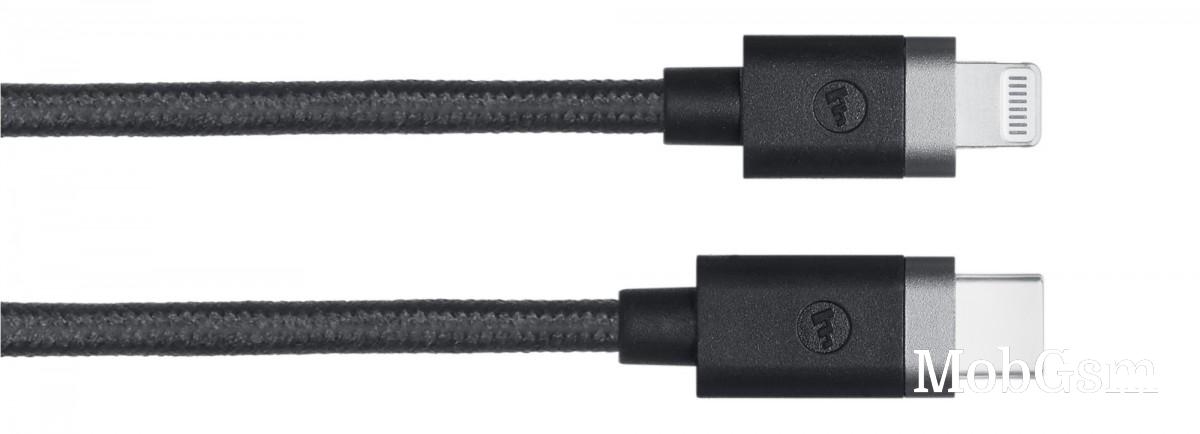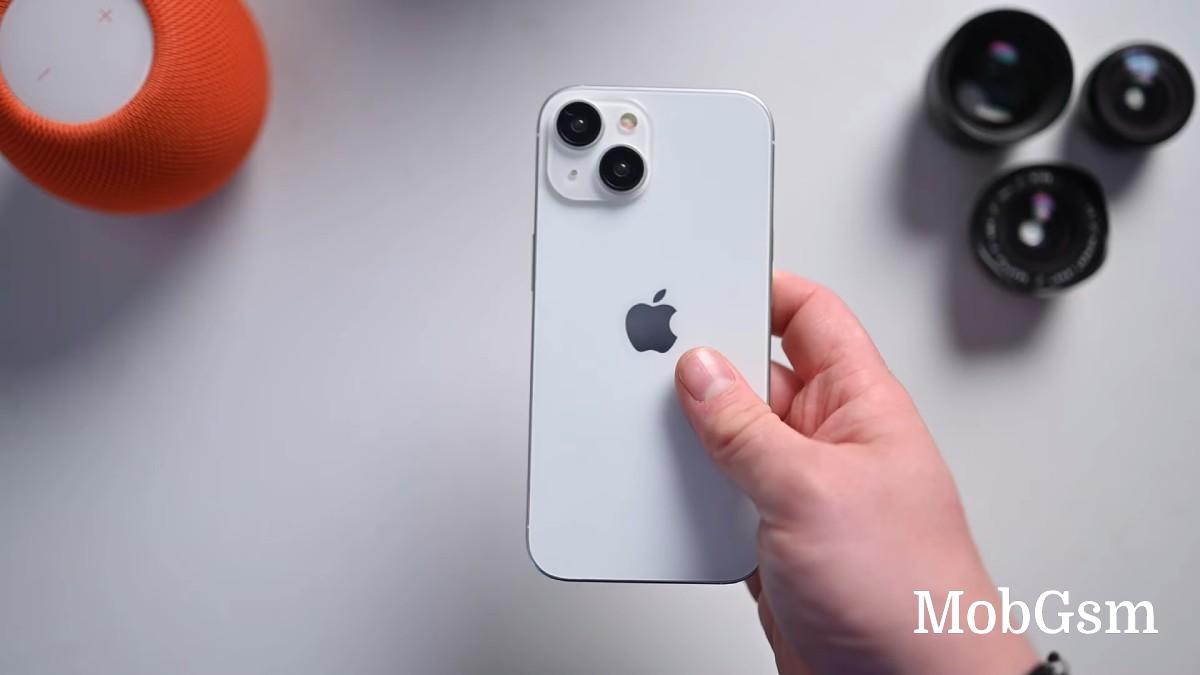Apple iPhone 15 and 15 Plus

Apple will unveil the iPhone 15 generation next week on September 12 (Tuesday). Traditionally, the company keeps its products under wraps before the big event, but these are high interest devices so there have been plenty of leaks. Here is what we (think we) know about the iPhone 15 and iPhone 15 Plus.
Lightning is dead, long live USB-C
Expect Tim Cook & co. to tell you all about the benefits of USB-C over their proprietary Lightning port, but don’t expect them to even mention the EU, which is the real reason for this change. Apple will lose revenue from the MFi certification program and, according to Mark Gurman, it is worried that this will form cracks in its walled garden (their users will now have accessories that are also compatible with Android phones).
 Goodbye Lightning, hello USB-C
Goodbye Lightning, hello USB-CStill, iPads use USB-C, Macs use USB-C, it’s time for iPhones to follow suit. The transition may be painful for some users, but Apple will include high-quality USB C-to-C cables in the retail package.
For the iPhone 15 and 15 Pro duo, the cables will support up to 60W (USB PD 3.0, 20V at 3A), however, the phones will only do 20W (same as the current models). That does make the cable usable for charging laptops.
Also, the cables will only be USB 2.0, but that’s the norm even for Android flagships. More importantly, the USB-C port itself will be stuck on USB 2.0, same as the outgoing Lightning ports.
Larger batteries
Just a quick one, insiders say that all models in the iPhone 15 series will have larger batteries. We don’t have exact numbers, but the 15 Pro Max and maybe the 15 Plus are expected to get close to 5,000mAh (the 14 Plus and 14 Pro Max have 4,323mAh in their tanks). This will pair well with the faster charging on the Pro model.
Dynamic Island for all
These are the last day’s of Apple’s extra wide notch, at least on the main series (who knows what the next SE will be like). The iPhone 15 and 15 Plus will match their siblings with a Dynamic Island, Apple’s marketing term for the pill-shaped punch hole that houses both the FaceTime camera and the FaceID hardware.
 All iPhone 15 models will have a Dynamic Island
All iPhone 15 models will have a Dynamic IslandThat will be the major display upgrade for the vanilla phones this year, 120Hz mode (aka ProMotion) isn’t coming anytime soon. This means no LTPO panels either, these can help with power consumption even if they are capped at 60Hz maximum (it’s the low end of the refresh rate scale that makes LTPO interesting).
48MP cameras all around, with a twist
The iPhone 14 Pros were the first to go beyond 12MP, the vanilla models stayed put. This years iPhone 15 and 15 Plus will upgrade to a 48MP main sensor (with an f/1.6 lens), which promises superior low-light performance. The ultra wide camera will remain at 12MP and there will be no tele lens (but the new main camera will be better at zooming).
 The iPhone 15 and 15 Plus will have stacked 48MP sensors
The iPhone 15 and 15 Plus will have stacked 48MP sensorsThe iPhone 15 Pro and 15 Pro Max will have the same 48MP cameras as last year with the 1/1.28” Sony IMX803. This will allow the vanilla models to leapfrog them in this department – Ming-Chi Kuo writes that they will use stacked sensors, which might actually prove superior (the Pros will get stacked sensors next year).
Pros go titanium, but vanilla phones stay on aluminum
The iPhone X was the first to use stainless steel instead of aluminum and Apple has kept that going on the Pro side since then. Now after getting some experience with titanium with the launch of the Apple Watch Ultra, the company is ready to change the material of choice for the iPhone Pro frame.
This will make them lighter, which has been an issue with older models (e.g. the 2022 Pro Max weighs more than some foldables). The vanilla phones are sticking with aluminum for now, so don"t expect major changes in their build.

Dummies have shown the color options that will be available at launch for the vanilla and the Pro series. They look rather dull and uninspired for the most part, but there are a couple of stand outs.
Probably Apple A16 chipsets
Apple has reportedly reserved 90% of TSMC’s 3nm capacity this year. Part of that will go to making Apple A17 Bionic chipsets, which are expected to have 6 CPU cores (2+4) and will set a new record for clock speed on mobile – up to 3.7GHz for the performance cores.
As for the iPhone 15 and 15 Plus, they will likely keep a year behind the Pros and get 2022’s A16 chipset (as a reminder, last year’s vanilla phones had the A15).
The RAM capacity might remain the same, 6GB LPDDR5 (all iPhone 14 models had 6GB). There is a chance that we’ll see 8GB on the Pros, but it is unlikely that the 15 and 15 Plus will be included in this upgrade.
Toggle still on board
While the two Pro phones will adopt an Action button inspired by the Apple Watch Ultra, the iPhone 15 and 15 Plus will keep the toggle. Like with the Dynamic Island, this may be reserved as an upgrade for next year for the two vanilla phones.
Outlook
Analysts expect that the periscope lens will make the iPhone 15 Pro Max the most popular model in the series, accounting for 35-40% of the total orders for iPhone 15 handsets. This is on top of the superior chipset, which is expected to boost demand for both Pro models.
Apple has reportedly run into issues, however, and the iPhone 15 Pro Max launch may be delayed into October as Sony is allegedly struggling to build enough sensors for the periscope module. The three other iPhone 15 models are expected to go on pre-order almost immediately after they are revealed (maybe a couple of days later).
As the Pros rise, the vanilla models may sink. There are reports that Apple has cut production from 83 million to 77 million units for the whole series. This is in part due to the production issues mentioned above, but there is an expectation for lower demand too.
We’ll see how things shake out. The iPhone 15 and 15 Plus pricing is expected to remain the same, while the iPhone 15 Pro should go up by $100. The iPhone 15 Pro Max will have a $100 or even $200 price hike.
 Image source: Apple Hub
Image source: Apple HubThat’s all for now, check back with us next week for detailed coverage of the iPhone 15 launch.











